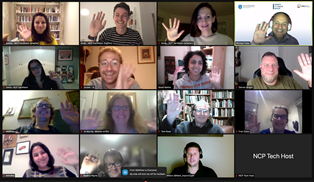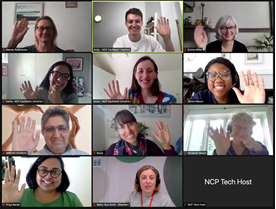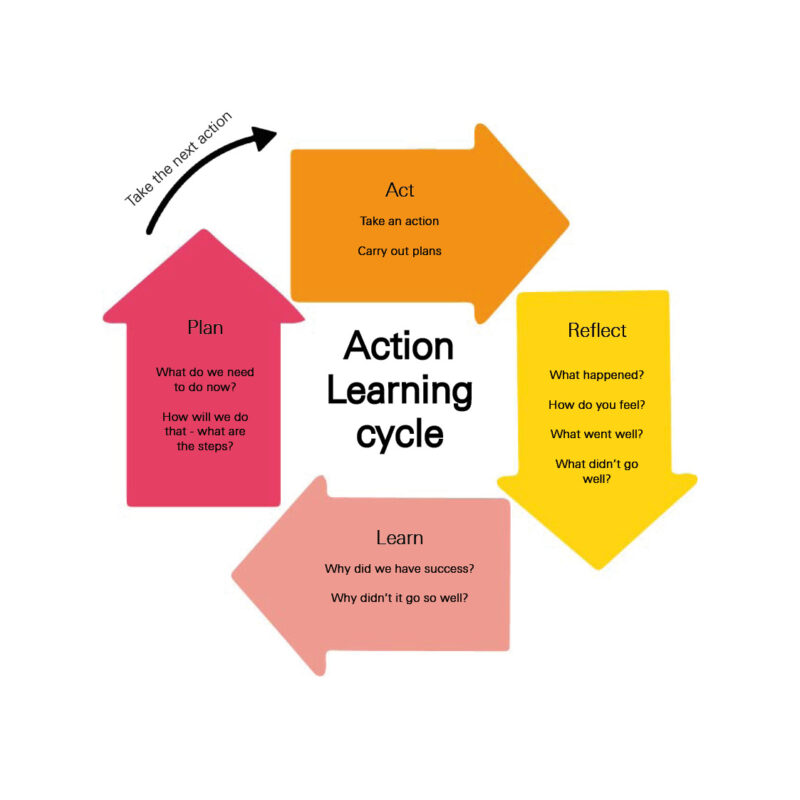Over the past few months, Q has been working with New Citizenship Project and members of the community to reimagine how we participate; exploring how we can best enable more people to spark and sustain collaboration.
We’ve held this process out in the open, starting with an introductory blog, reaching out for your stories, and most recently bringing together members, non-members, and the Q Team for a series of workshops. Now, we’re excited to share where the work is up to and what’s happening next.


Your stories
Across the stories submitted online and explored further in the workshops, there were common themes around what has enabled people to participate in and organise collaborations in the world of improvement and beyond.
The central theme, common across almost all stories, was a sense of shared purpose – having an overarching reason for coming together that is held and recognised by everyone.
“To have both a burning platform and a burning ambition”
In addition to this central theme, there were six principles that underpinned people’s experiences of collaborations.
To take part in collaborations, people needed:
- Invitation to belong – feeling that projects or groups are open to new perspectives.
- License to shape – feeling able to shape collaborations e.g. agree on the project purpose together.
- Space to imagine – the headspace, and the creative or reflective space distinct from our day to day, enabling us to think differently.
And, to organise collaborations, people needed:
- Support to go forward – through the permission of management or the recognition of peers; people to reinforce that ‘this is a good idea’ and having ‘partners in crime’ who share the load.
- Platform to invite participation – the importance of asking and holding the question, rather than the solution; creating a platform for others to come into.
- Inspiration to change – external inspiration or evidence to show what’s possible and foster that shared sense of purpose.
Finally, across the stories emerged various ‘practicals’ that enabled collaborations to take place. These were often tangible things that were in place – resources, funding, technology, connectors – that made it easier to get involved or take initiative.
These are the conditions we think we need to create within the Q community to help more improvers to connect, collaborate, support each other and develop together. We believe that the more we do this, the greater the impact we can have on the health and care system.
Imagining a more participatory Q
With participants in workshops, we started to imagine what Q would look like if it really embodied these principles. Here’s how our participants imagined that participatory future, in their own words…
There’s a buzz in the air. You can feel the energy of people passionate about making change happen. People are there for the same overarching purpose.
But there’s also space for reflection and consolidation. Safe, gentler spaces for in-depth and intentful discussion.
It’s a human space. There’s humour and food, cups of tea and smiles. There are people you know and speak to first, as well as new people to connect with. Relationships to build. People gather in circles and organically move around.
There are Q people to act as mavens and tour guides – helping people to navigate and form connections.
I imagine a series of events happening. More like mini webs in a hedgerow than a big, glitzy firework event that burns brightly but fizzes out.
It’s hybrid. Accessible to everyone who wants to contribute and connect. Technology enables this to happen smoothly, and in a way that positions people joining remotely on equal footing.
There’s a great mix of people. From every facet of the health system. Different experiences and perspectives. Even wider than health and care staff and service users. People from councils, businesses and charities who have an interest in health.
People aren’t intimidated or concerned about status. We ask about interests rather than titles.
What might that look like?
Alongside that overall vision for how Q might look and feel, we started to think about what different journeys through Q might look like.
We imagined these principles and vision enacted as we come into the community, find our feet and begin to organise collaborations – painting a picture of when and where we might see change in how we work together. Whether that was about how we share stories, the spaces where we can build connections and ask for support, or the way that existing members can support newer ones, there were loads of practical ideas to pull apart and explore.
What’s next?
Over the next few months, we’re going to begin experimenting with these ideas and developing measures of success, before incorporating those learnings into an overall strategy for achieving a more participatory Q.
In the next few weeks, we’ll be sharing some design questions around which we’ll convene ‘Action Learning Labs’. There’ll be plenty of opportunity to get involved so do look out for that. In the meantime, we’d love to hear any reflections on the work so far in the comments below:
- Do the principles feel true to your experience of collaborating with others to make change?
- What did the vision for a more participatory Q bring up for you? What would you love to see happening?

Comments
Thomas John Rose 3 Feb 2022
What are your thoughts on a hybrid version of Action learning with Active learning? How would your cycle diagram change to reflect this hybrid version? Is action learning different in that the act bit is outside the learning bit rather than within in active learning? Are they even different?